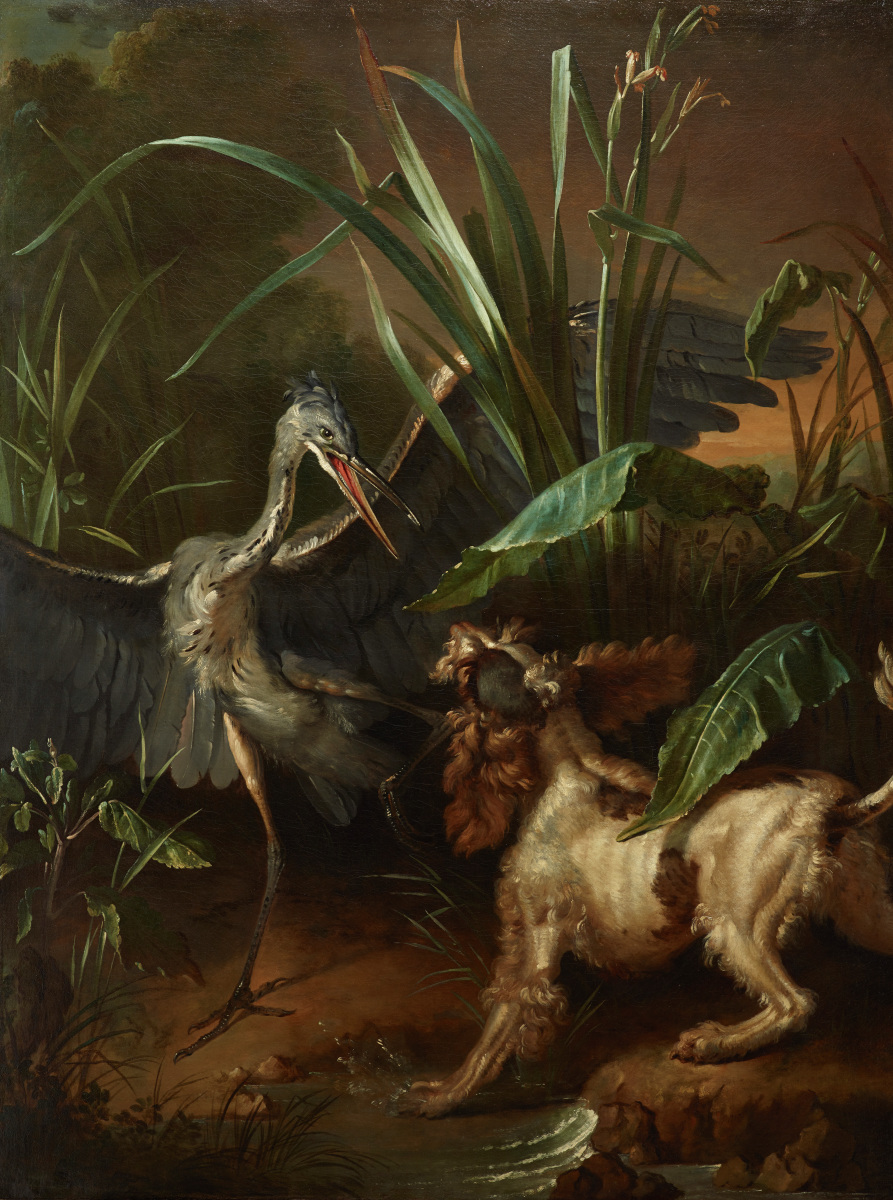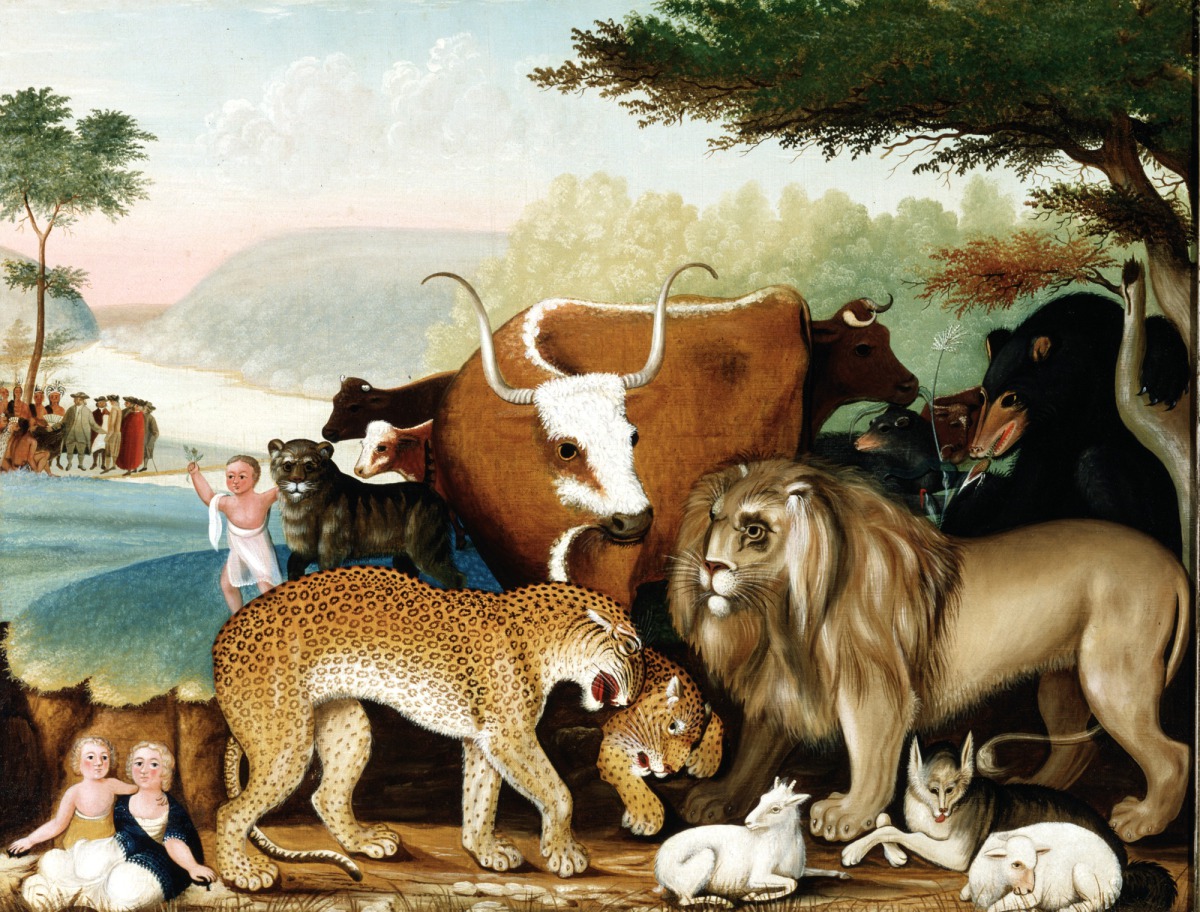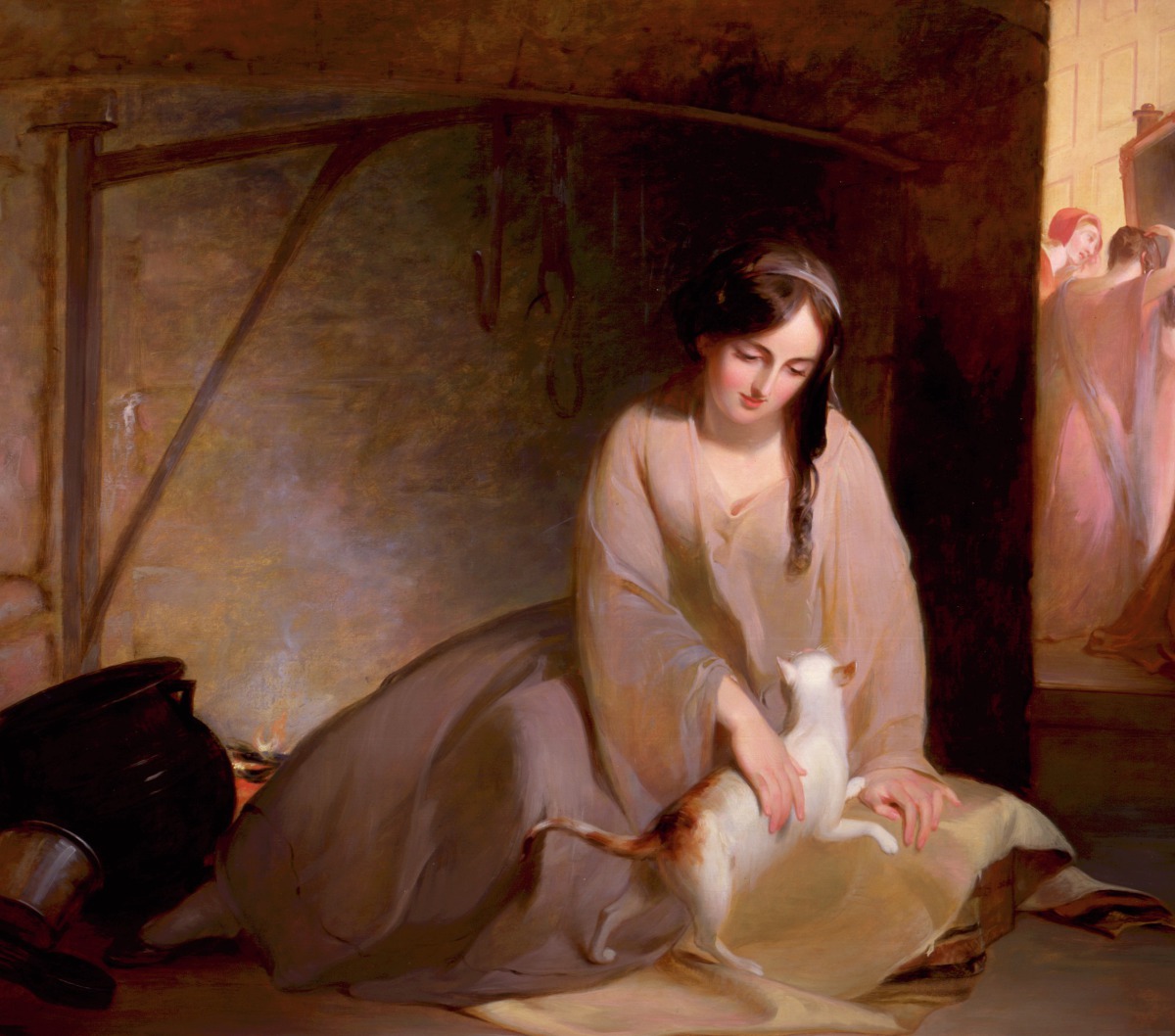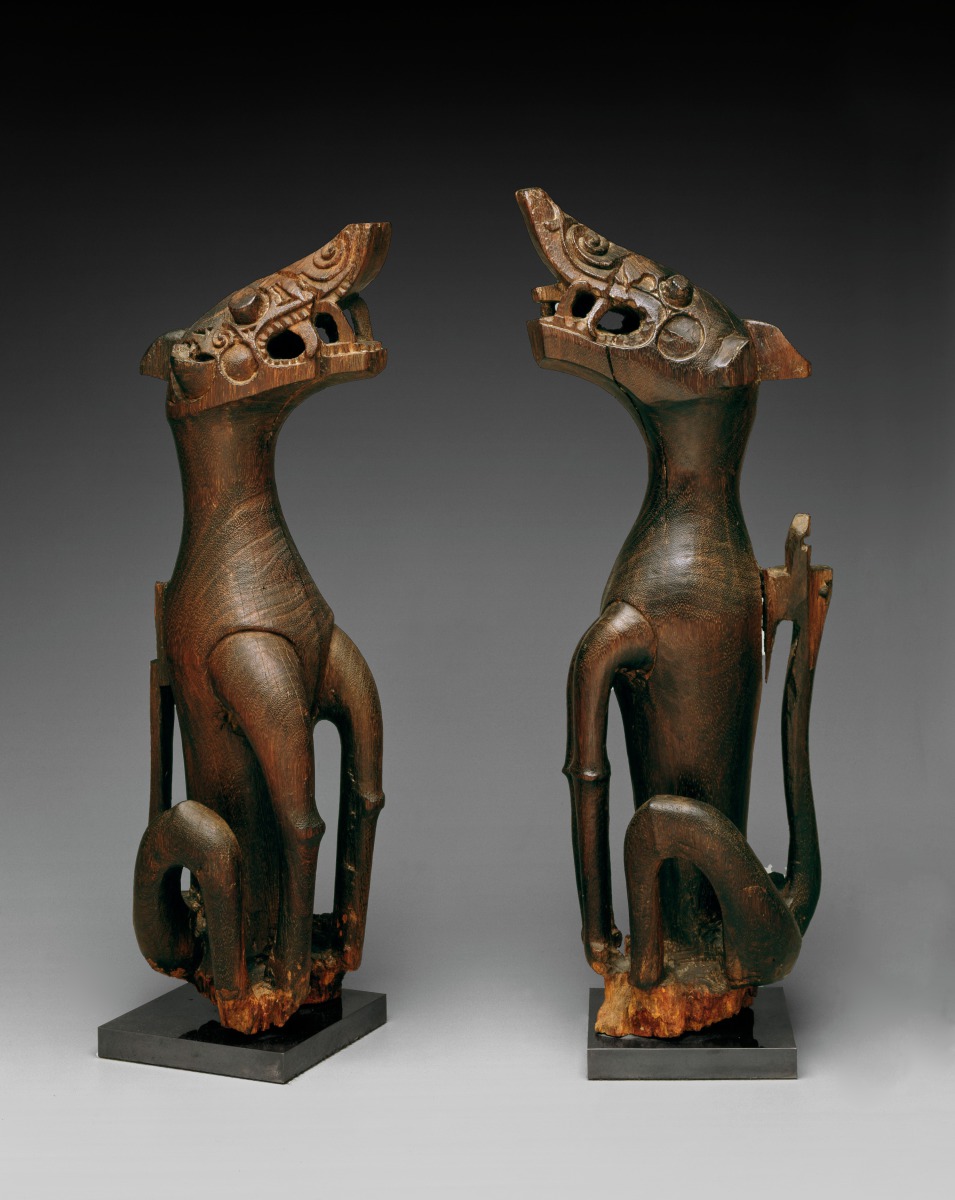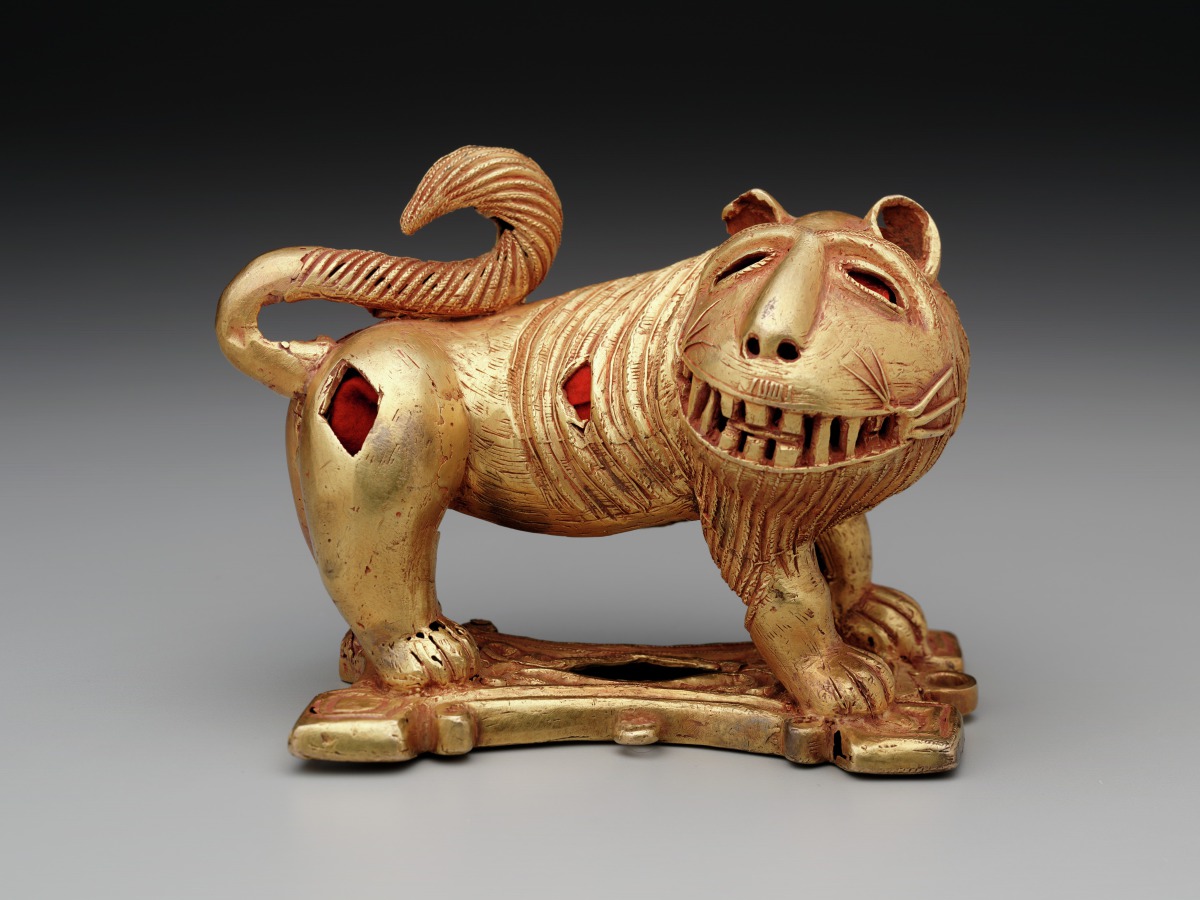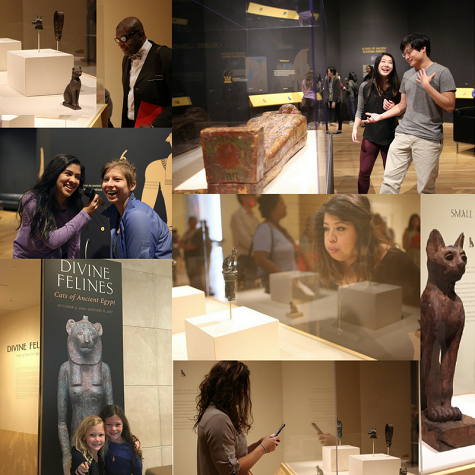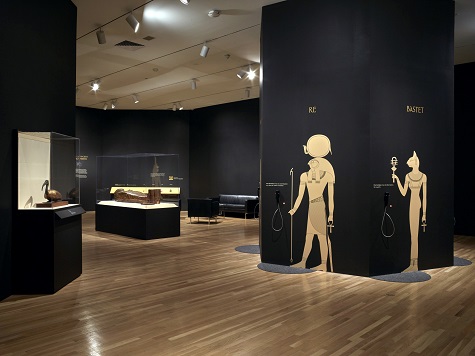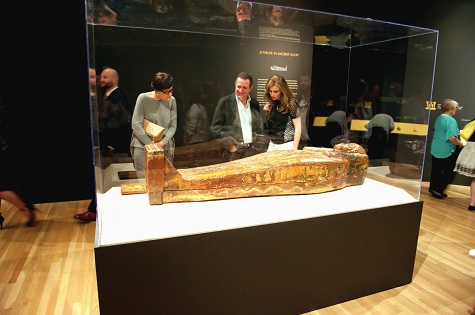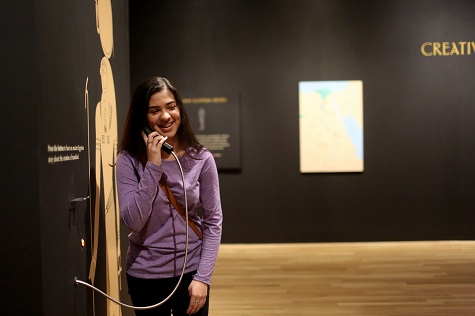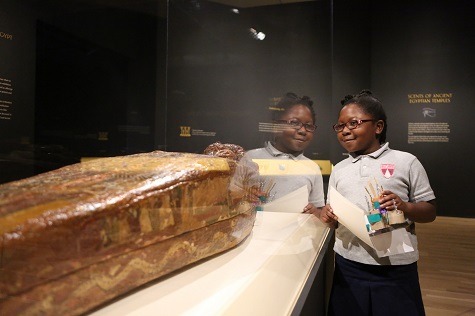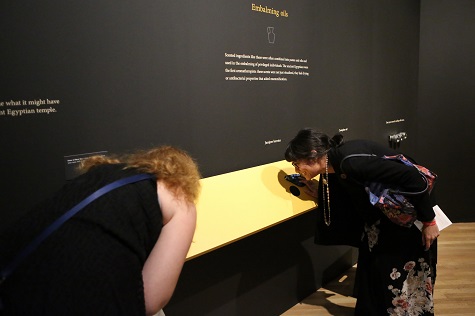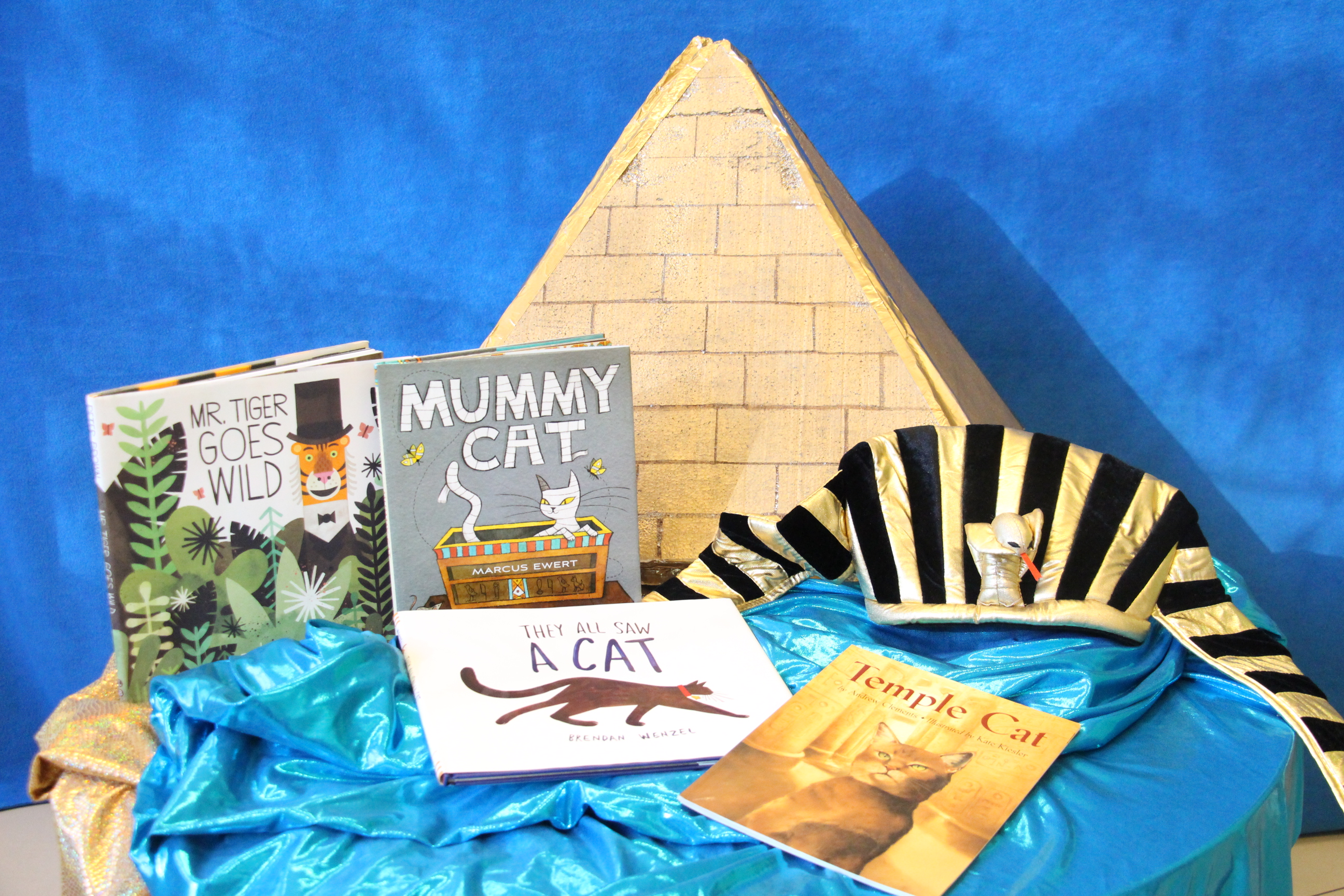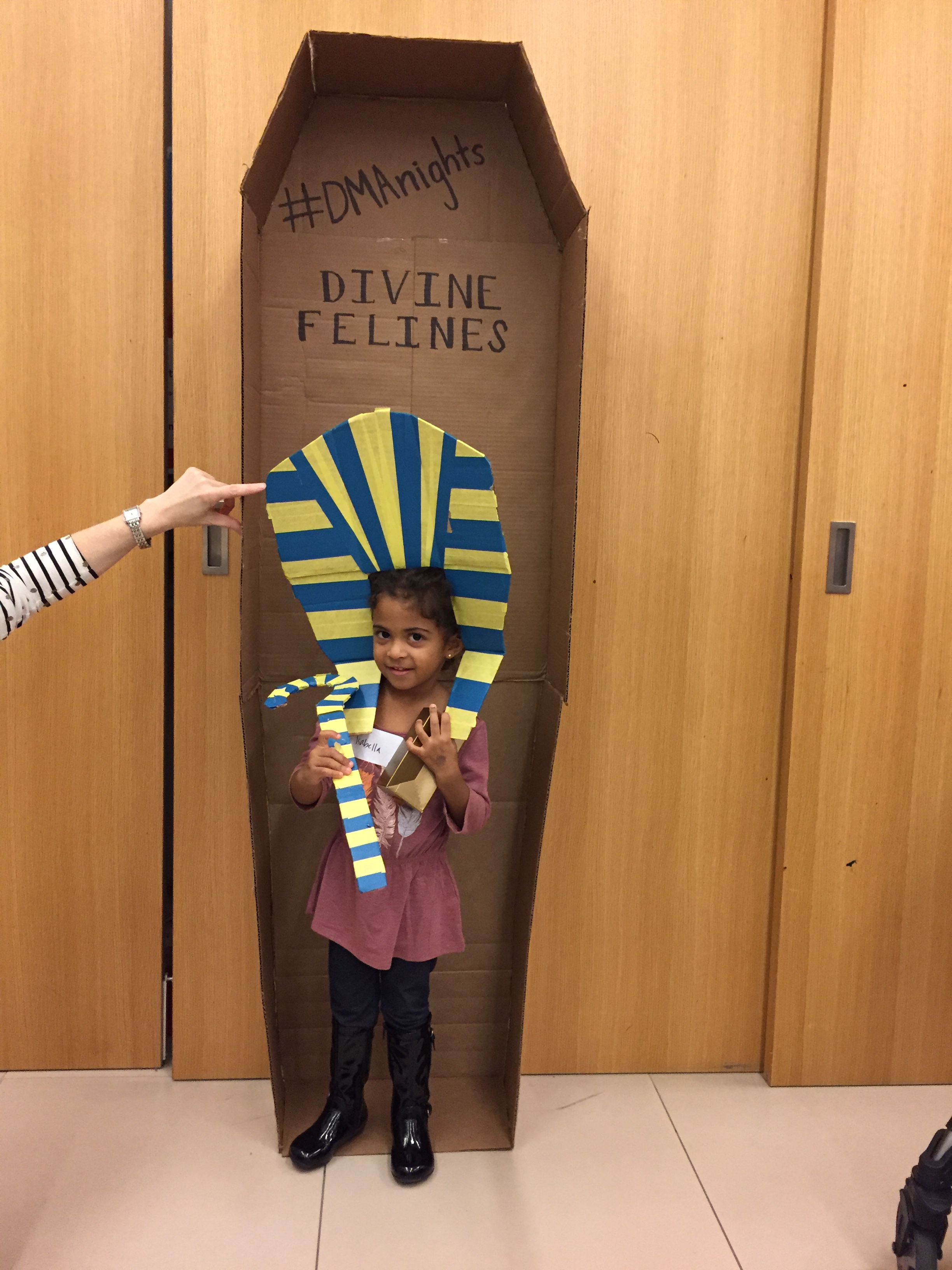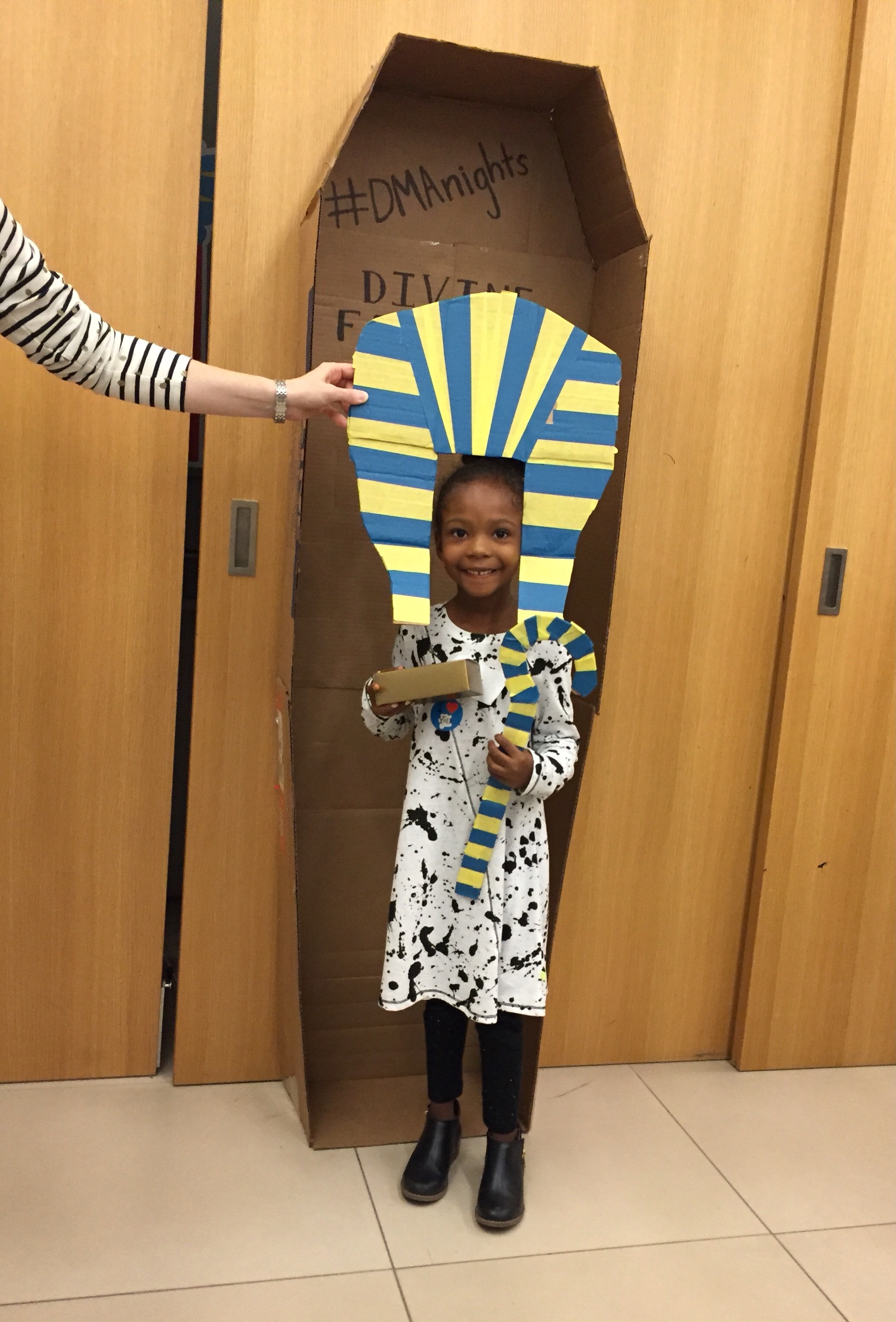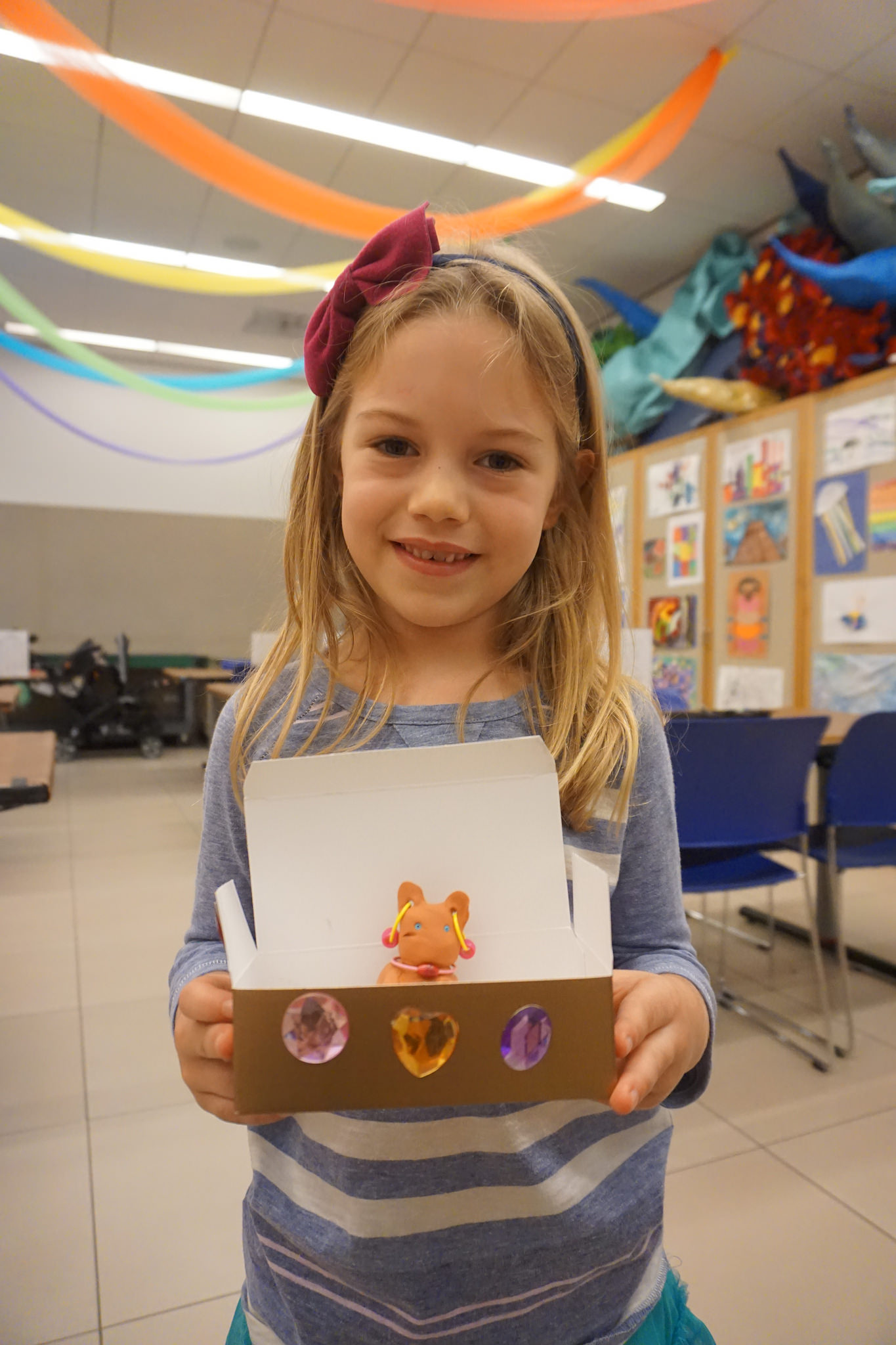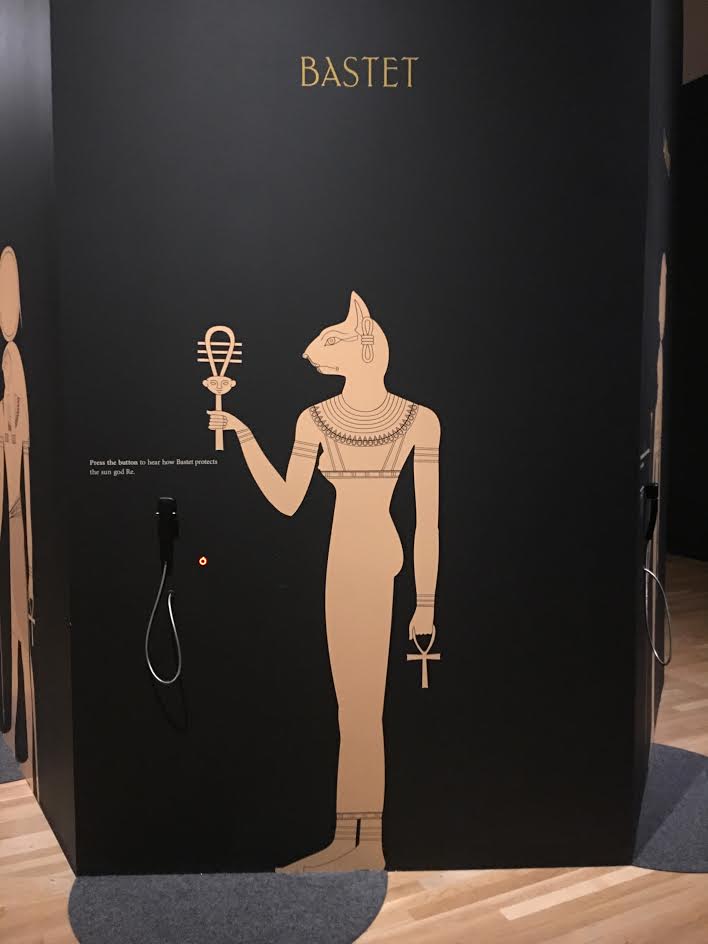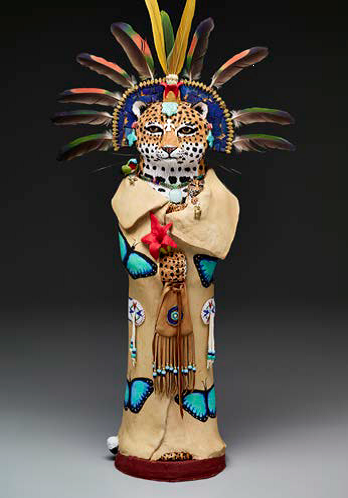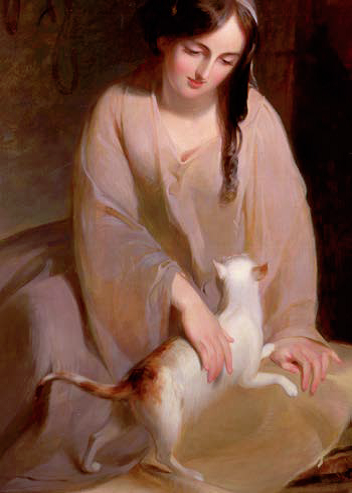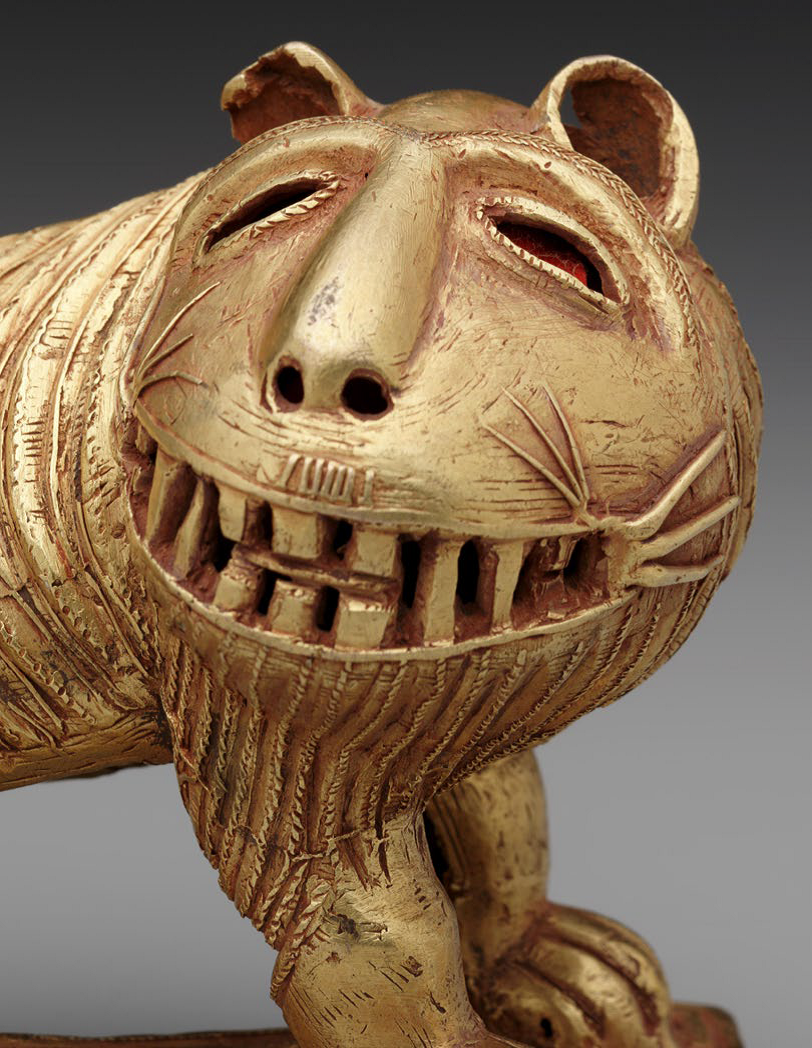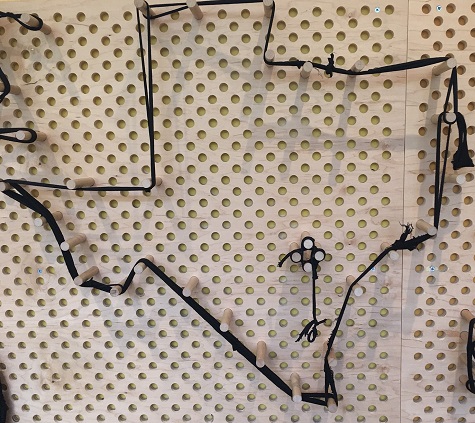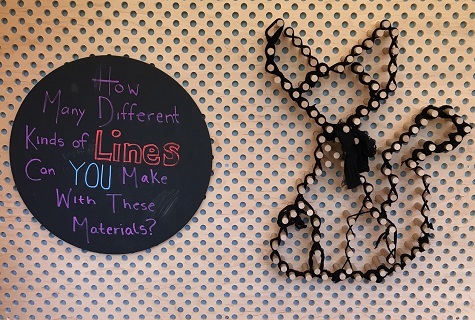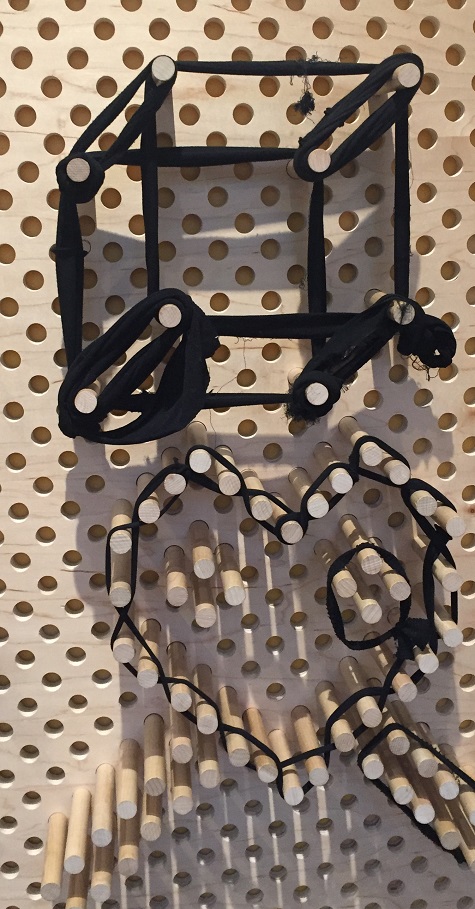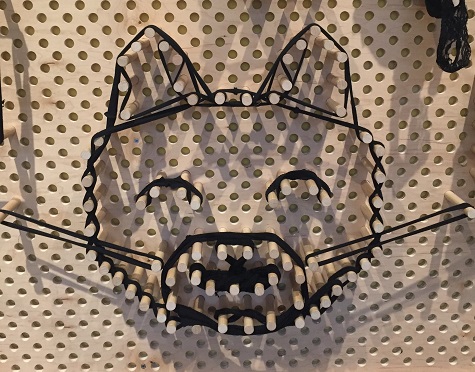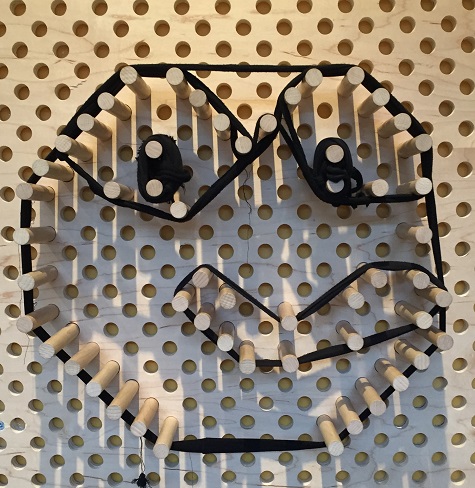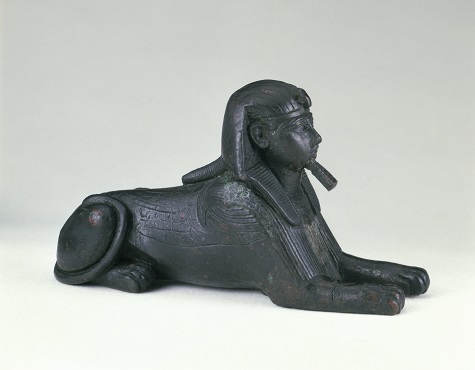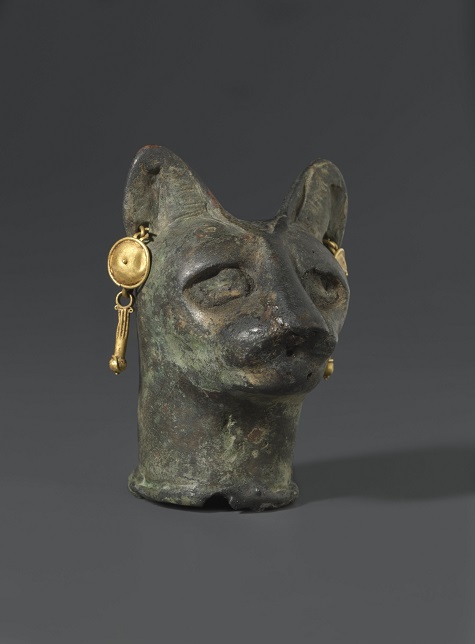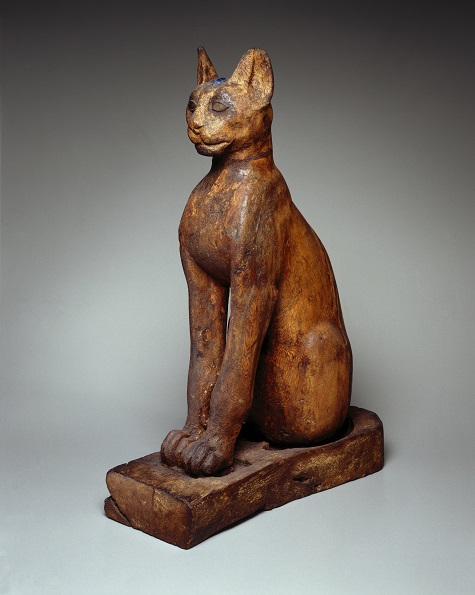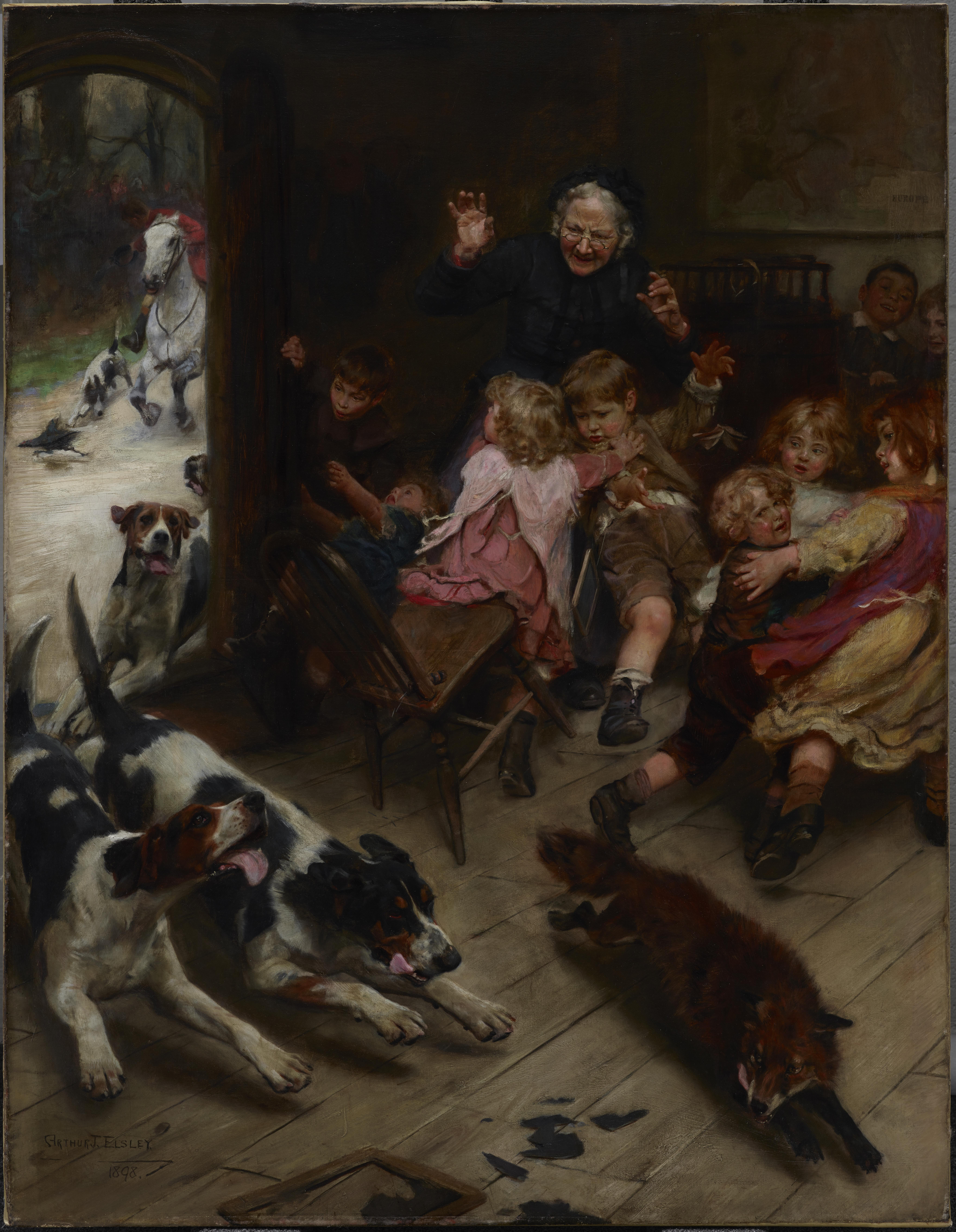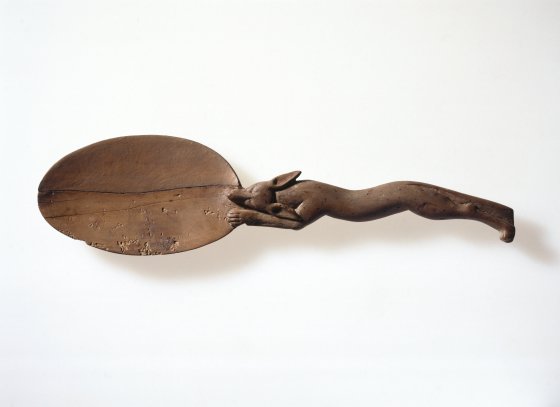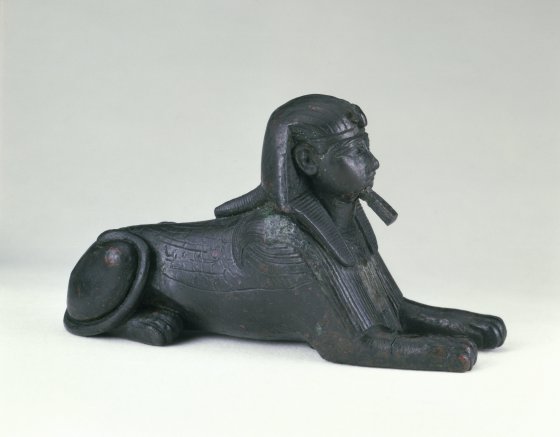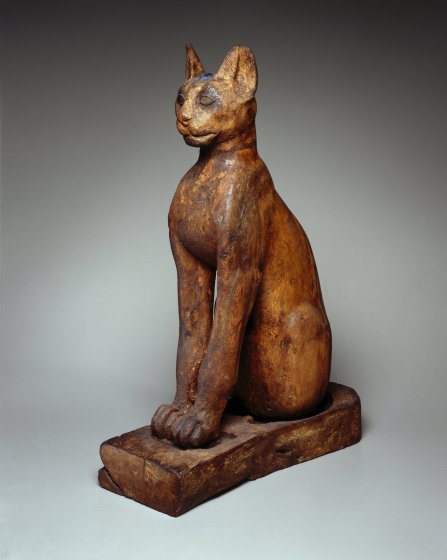The DMA has enlisted the help of C3 Visiting Artist Ann Marie Newman to reimagine five Egyptian stories. Each story depicts Egyptian deities, many of which are represented in the upcoming exhibition Divine Felines: Cats of Ancient Egypt. Newman’s take on these stories will be available at a listening kiosk in the educational space of the exhibition. Before you visit, learn a little more about Ann Marie Newman and her process.

Tell us a little about yourself in fifty words or less.
I am a creative dreamer, storyteller, and artist. Using various materials and techniques, my sensory-rich, interactive stories are a unique fusion of colorful characters, improvisation, and fine art–inspired visuals. My love for people, stories, and art is made manifest through my life’s calling to be a storyteller, a “story sharer”!
How did you become interested in writing and storytelling?
In a purely organic way! I’ve always loved stories, hearing them told orally when I was small, and later, reading them in books. Being an intensely curious person, I discovered that folktales, legends, myths, and personal tales illuminated and helped me better understand the world and its people. Writing came about naturally as I embraced my creative need to tell the stories and to share my joy, love, and respect for them with others.

Describe your process of reimagining the Egyptian stories for the Divine Felines educational space.
It starts with research: reading three or more versions of each myth, studying the images and descriptions of the gods and goddesses, looking at maps of Egypt, noting cultural details. I jot everything down in a mess of chaotic writing only I can decipher—LOL!
Then it’s like putting a jigsaw puzzle together, except I don’t have a picture on the box lid to use for a guide. Instead, I create a movie of the myth in my mind. I look at all the pieces and select a starting point, a dramatic statement that allows the story to unfold. During the movie, I note how I feel emotionally, how my body feels, what senses are awoken. If something doesn’t “feel” right, I go back and reimagine it until it does. The ability to daydream is huge for me, and I like best to do it in cozy little coffee shops for some reason. All these tales were written, except one, in a quaint little coffee shop along the Truckee River in Reno, Nevada.
Which story is your favorite and why?
Pick a favorite!?! I love them all. Under the surface of these myths lie deeply symbolic meanings and analogies about the human condition.
Take the myth of Sakhmet for instance. Sent by the gods to punish mankind, Sakhmet is the embodiment of the ferocious lioness on a hunt. Her destructive nature knows no constrain; she quickly begins exterminating mankind from the earth. She is eventually stopped, tricked by her own gluttony. She passes out cold. Upon awakening, she immediately falls in love with Ptah, a god whose name means Life and Stability. She forgets her past, marries Ptah, and they give birth to Nefertum, whose name means Mercy. Thus, Sakhmet’s destructive ferocity disappears when she embraces life and stability, and this brings mercy. The insightful wisdom in this myth makes it a favorite of mine.
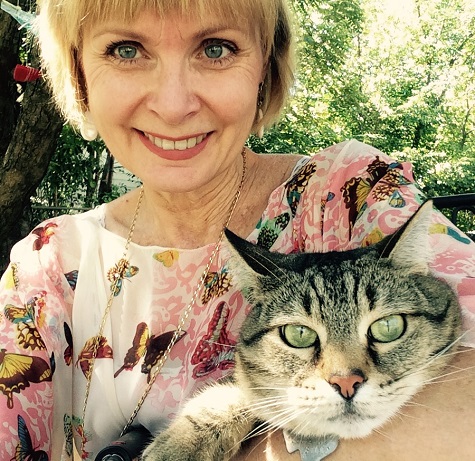
What did you enjoy most about working on this project?
Discovering the powerful, protective, clever “superwomen” goddesses of ancient Egyptian mythology. I have been a storyteller for over twenty years, and somehow I’d missed these amazing myths about strong, heroic women. They deserve more attention, and I am a very happy storyteller who can do just that.
I should also mention a cat owns me. His name is Leonidas and he is king of our home. After working on the myths, I enjoyed becoming more appreciative of his cat characteristics. He is a male, but he inhabits all the good traits of the goddesses, and even a few of the not so good, but he is still simply divine.
Visit Divine Felines: Cats of Ancient Egypt, on view October 9, 2016, through January 8, 2017, to see more than eighty objects featuring domestic cats, feline deities, cat burial practices, and luxury items decorated with feline features, as well as a small section on dogs. Be sure to stop in and listen to Ann Marie Newman’s reimagined Egyptian stories in the educational space.
Stop by the October 21 cat-themed Late Night for lectures and programs related to Divine Felines. Ann Marie Newman will perform stories of Warrior Goddesses of Ancient Egypt at 7:30 p.m. in the C3 Theater.
And mark your calendars for the upcoming Divine Felines–themed Gallery Talks by Dr. Anne Bromberg, The Cecil and Ida Green Curator of Ancient and Asian Art; storyteller Ann Marie Newman; and Aditi Samarth, Professor of Humanities.
Jessica Fuentes is the Manager of Gallery Interpretation and the Center for Creative Connections at the DMA.
